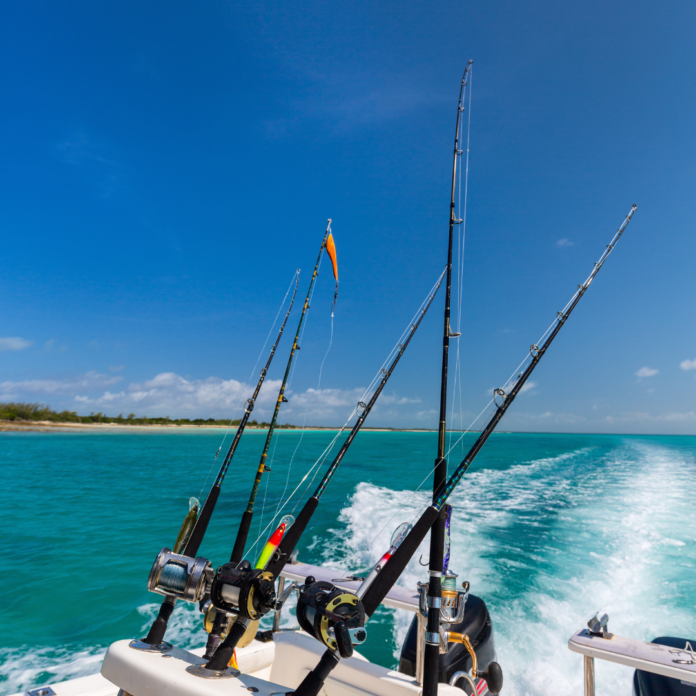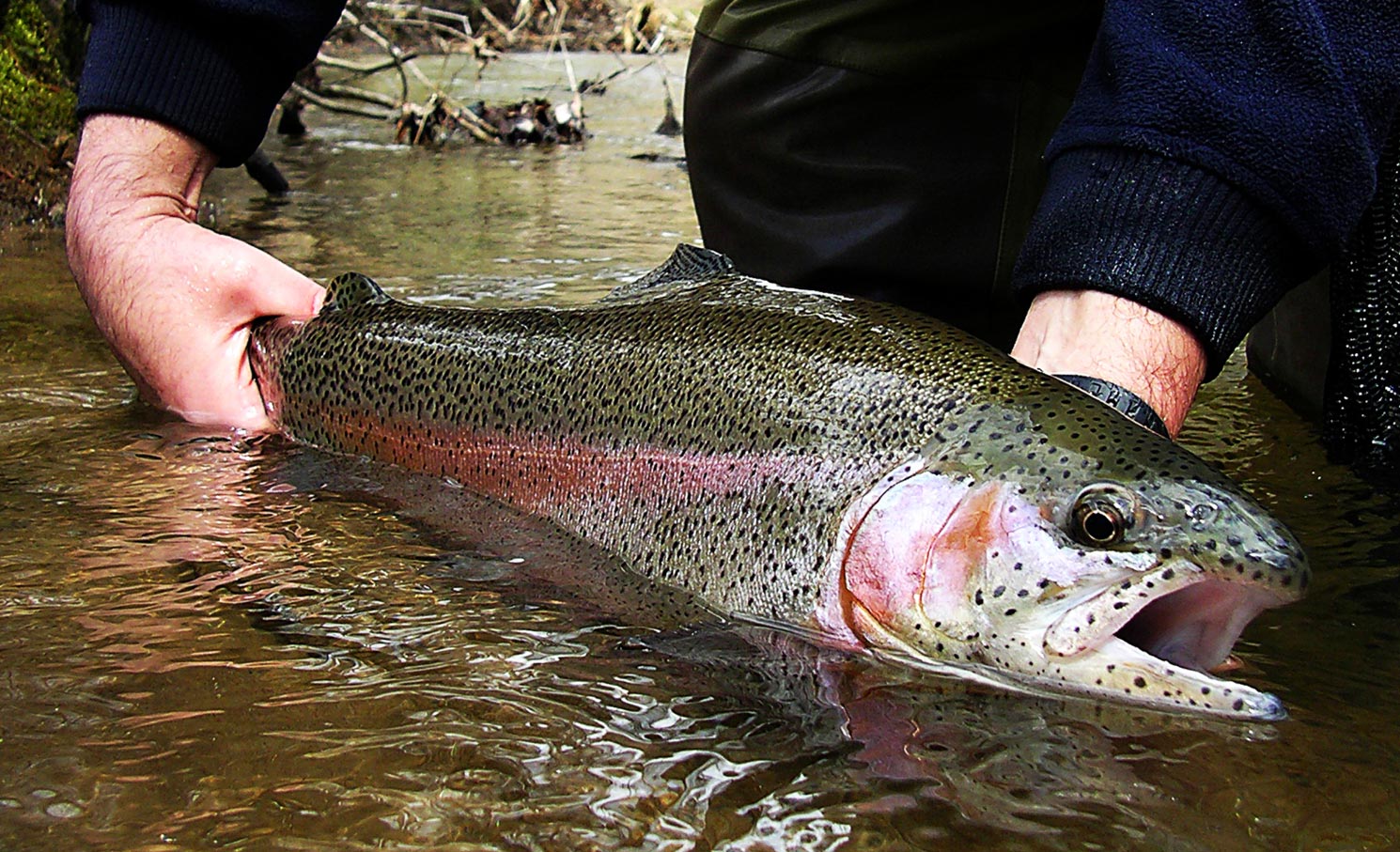There’s no season – and no licence necessary – for sea fishing, so you can go all year round if you want to. Just be sure to wrap up for the cold and take good waterproofs, along with stout boots with excellent grips, or waders with studs on the soles; this is important whether you’re fishing from the shore, the rocks or from a boat.
In fact, why not go the whole hog and invest in full trawlerman oilskins? You never know what the ocean’s going to throw at you. George Clooney sported a good look in the film The Perfect Storm, but that might be a bit over the top – especially if you’re clutching a Thermos behind a windbreak on the beach.
Related Articles:
-
Judas Fish
-
Perch Fishing Tips
-
Important Spin Fishing Tips: Stalking the Stream
-
Lake Don Pedro Fishing Report
-
How to Catch Clams
Although many sea fish will feed throughout the year, most are at their best in late summer and autumn, mainly because they’ve been feeding freely and are nice and fat. That said, there are specific times that are best for particular fish.
Winter is good for dab, flounder, whiting and cod; summer and autumn are best for bass, mackerel, dogfish and pollock; while spring offers your best chance of good fishing for pouting and plaice.
Avoid bright days; not only is there more chance that the fish can see you, but they’re also more visible themselves to airborne predators and, over thousands of years, even mackerel (infamous for their pinhead-sized brains and extraordinary stupidity) have worked out that this is not good for their health.
You should avoid strong winds of any description as they are likely to make casting erratic. If fishing from the beach, the best kind of wind is an offshore one which comes from behind you and blows towards the sea.

Best Sea Fishing Tips – Tides of Change
Unlike freshwater fishing, sea anglers also have to contend with tides. Knowing the basics will impress people who don’t. This is all you need to know:
• There’s a high tide twice a day and a low tide twice a day. Each day the time of these tides shifts forward by 40 minutes. Seaside local newspapers often carry tide tables, or you can get them from a local tackle shop or find them online.
• You may have heard that tides have something to do with the moon. That’s because as the moon orbits the Earth it exerts a gravitational pull. Although Earth won’t budge, water will, and this is what creates a high tide.
• Strong tides are called spring tides and occur when the moon’s gravitational pull is at its strongest. Weak tides are called neap tides and… you guessed it.
Tides are important for both fish and anglers, particularly if you’re fishing from the shore. Turning up saddled like a pack mule with loads of gear only to discover that it’s low tide and the sea is actually half a mile away over claggy sand is no fun; neither is it a good idea to set up camp when the tide is on the turn so you have to keep moving as it chases you back up the beach.
Tides are important for fish because they stir things up – everything from plankton to shellfish to crustaceans and little fish – pushing them this way and that. In addition, crabs and worms bury themselves in the sand at low tide and emerge as the tide comes in, bringing a lot of hungry fish with it.
If you find yourself on a sandy or a shingle beach, try fishing when the tide is coming in or going out, rather than when it’s high or low. If you’re fishing off the pier or harbour wall, fish just before, during and after high tide.













